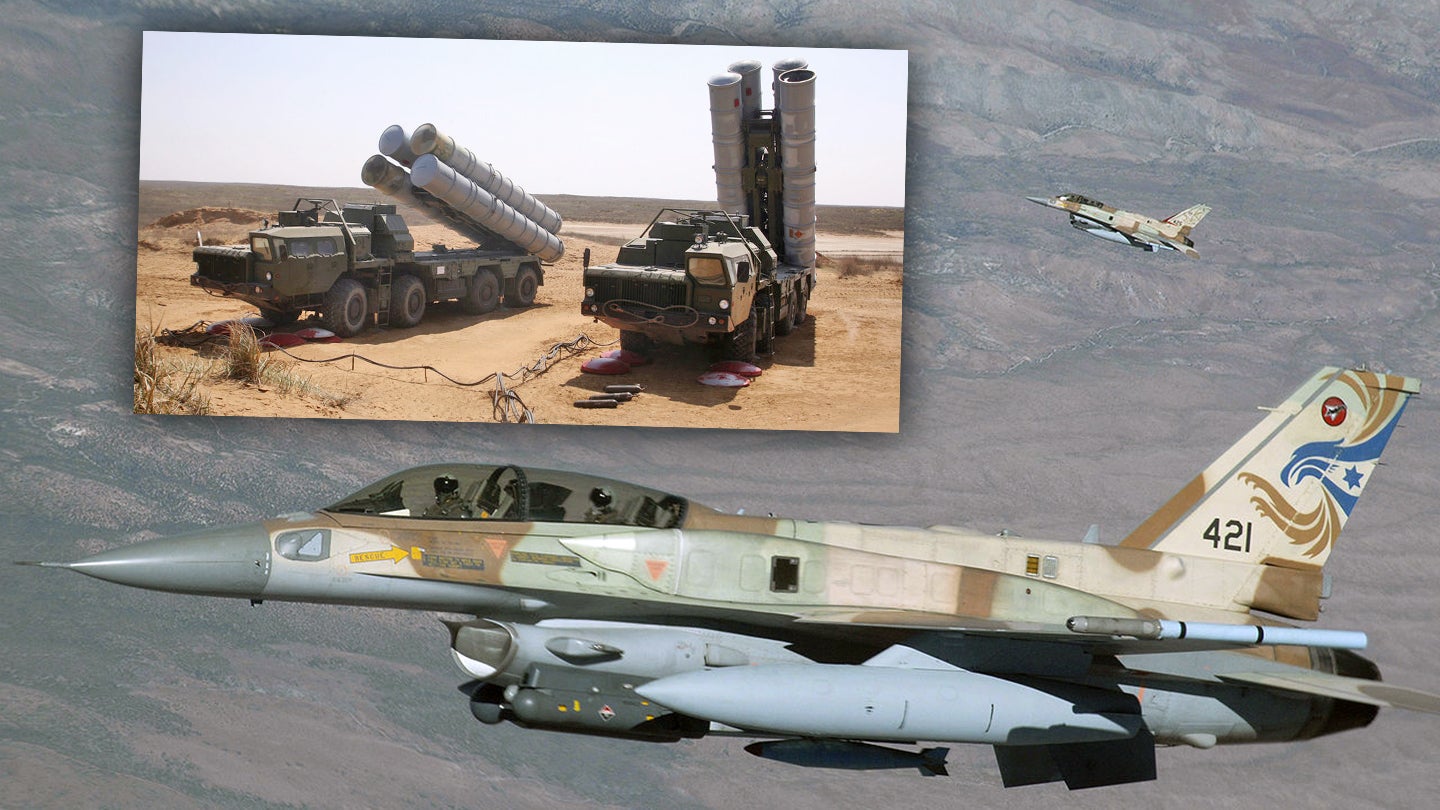An S-300 battery in Syria reportedly launched at least one surface-to-air missile at Israeli Air Force F-16 fighter jets in recent days. The incident is the first apparent instance of a
Russian-made S-300 firing on Israeli jets as they conduct raids in Syria since Moscow declared they had equipped
the Assad regime with these air defense systems in 2018.
Exactly who operates the S-300 systems currently in Syria, regardless of their official status, is unclear. It is known that Russia does, or at least did, control the release of the missiles from 'Syrian' S-300 batteries in the country. As a result, neither those batteries nor Russia's own S-400 and S-300 systems located at its naval base in Tartus and at its Khmeimim Air Base near Latakia, have ever fired on incoming Israeli fighters, at least until now.
Israel’s Channel 13 reported on May 16 that 'Russian' S-300 SAM batteries had
fired missiles at Israeli jets after striking targets near Syria's northwestern city of Masyaf last Friday. However, the outlet's story also describes the ostensibly Syrian S-300 systems as being effectively Russian given Moscow's direct control over their use.
As is standard practice, the Israel Defense Forces have not commented one way or another on the strikes. A statement from the Russian Ministry of Defense's Russian Reconciliation Center for Syria
had said that Israeli F-16s fired 22 missiles targeting a 'Syrian scientific research center' in the western Syrian city of Masyaf and the port of Baniyas on May 13.
In addition to targeting Iranian arms transfers destined for militants in Syria and Lebanon, as well as Iranian-backed weapons factories and arms caches in Syria, the
Israeli strikes in Syria last week were intended to destroy entrances to underground facilities,
the Jerusalem Post reported. At least some of the targets were hit by previous airstrikes in 2018, but had since been rebuilt.
As already noted, it is not immediately clear whether the S-300 battery that reportedly fired on the Israeli jets officially belonged to Russian or Syrian forces, but in the past, this had made no difference. No S-300 systems in Syria ever fired on
IAF aircraft, although pretty much everything else in Syria's otherwise dated air defense system has. Since 2015, there has been
a deconfliction mechanism in place between Israeli and Russian forces regarding the former's strikes in Syria. Isreal warns Russia in advance of their missions and, up until recently at least, SAMs under Russian control do not engage the fighters or their missiles. Tensions between Israel, Syria, and Russia has led to questions as to how long such an arrangement would last though.
In addition, though Channel 13 reported that S-300s batteries let loose at the Israeli aircraft, the outlet said the missiles did not pose a threat to the Israeli jets, and there was no radar lock on the planes. It isn't clear if the missiles were just
fired ballistically, which is
not all that uncommon for Syrian air defenders, or if
Israel's renowned electronic warfare systems made locking onto the jets with the S-300 system impossible.
A Russian S-300 surface-to-air missile system.
Russian Ministry of Defense
The timing of the exchange of fire aligns with
Israel’s changing policy over
Russia’s invasion of Ukraine. Israel
has begun supplying some weaponry to Ukrainian forces in recent weeks after initially slow-rolling its support for Ukraine's struggle against the invading Russians. Israeli officials
reportedly attended the U.S.-hosted summit regarding military aid to Ukraine at Ramstein Air Base in Germany last month, as well.
Since then, Israel has been caught up in some of the more bizarre instances of the war, as when it condemned Russia’s stated goal of 'de-Nazifying' Ukraine. It later denounced Russian Foreign Minister Sergey Lavrov’s
public assertion that Adolf Hitler himself was of Jewish ancestry, a long-standing, but
entirely unsubstantiated conspiracy theory.
Russia first announced it would turn over an
unspecified number of S-300s to Syrian President Bashar Assad’s regime in 2018, in the aftermath of
a bizarre incident in which Syrian air defenders
accidentally shot down one of Russia’s Il-20 Coot surveillance aircraft — killing all 15 Russians on board — after an Israeli airstrike against targets in the same vicinity along the Mediterranean coast as the recent attacks.
When announcing the missile transfer to Syria, Russian Defense Minister Sergei Shoigu said the S-300 system would have a maximum 124-mile range, which is in line with the
PMU-2 variant using the 48N6E3 missile, the most advanced export version of the system that Russia has produced.
Situated in the southern portion of Syria near the capital Damascus, that range allows the S-300 battery to reach the Mediterranean Sea and inside Israeli territory. It also covers Lebanese Airspace, which the Israeli Air Force
routinely transits before launching strikes inside Syria.
An Israeli Air Force F-16I "Sufa" Fighting Falcon takeoff with full power afterburner.
Wiki Commons by Nehemia Gershuni-Aylho
Israeli jets escaped the recent defensive missile fire but have not been without any losses in the many attacks inside Syria. An
F-16 Sufa fighter went down in early 2018, and other aircraft have been damaged. Israel declared the
loss due to an error by the pilots.
S-300 systems are definitely threats to Israel's ability to access Syrian airspace at any given time, but the IAF has developed tactics and technologies to counter these systems, especially since they also
entered service with arch-rival Iran. These measures have included training in Greece, which operates variants of the S-300, and in the U.S., which has captured examples to train against, to fine-tune their tactics and countermeasures. Israel is one of the world's leaders in aerial electronic warfare.
Syria using Russian missiles, perhaps under the command of Russian officers, to shoot down an Israeli F-16 would undoubtedly escalate the situation in Syria to new heights. But the pot-shot at Israeli fighters via an S-300 system, if indeed it did occur as reported, was likely more of a reminder to Israel that Russia can make their very favorable situation over Syrian skies much less so if they please. Considering the tensions over Ukraine, such a signal shouldn't surprise anyone.
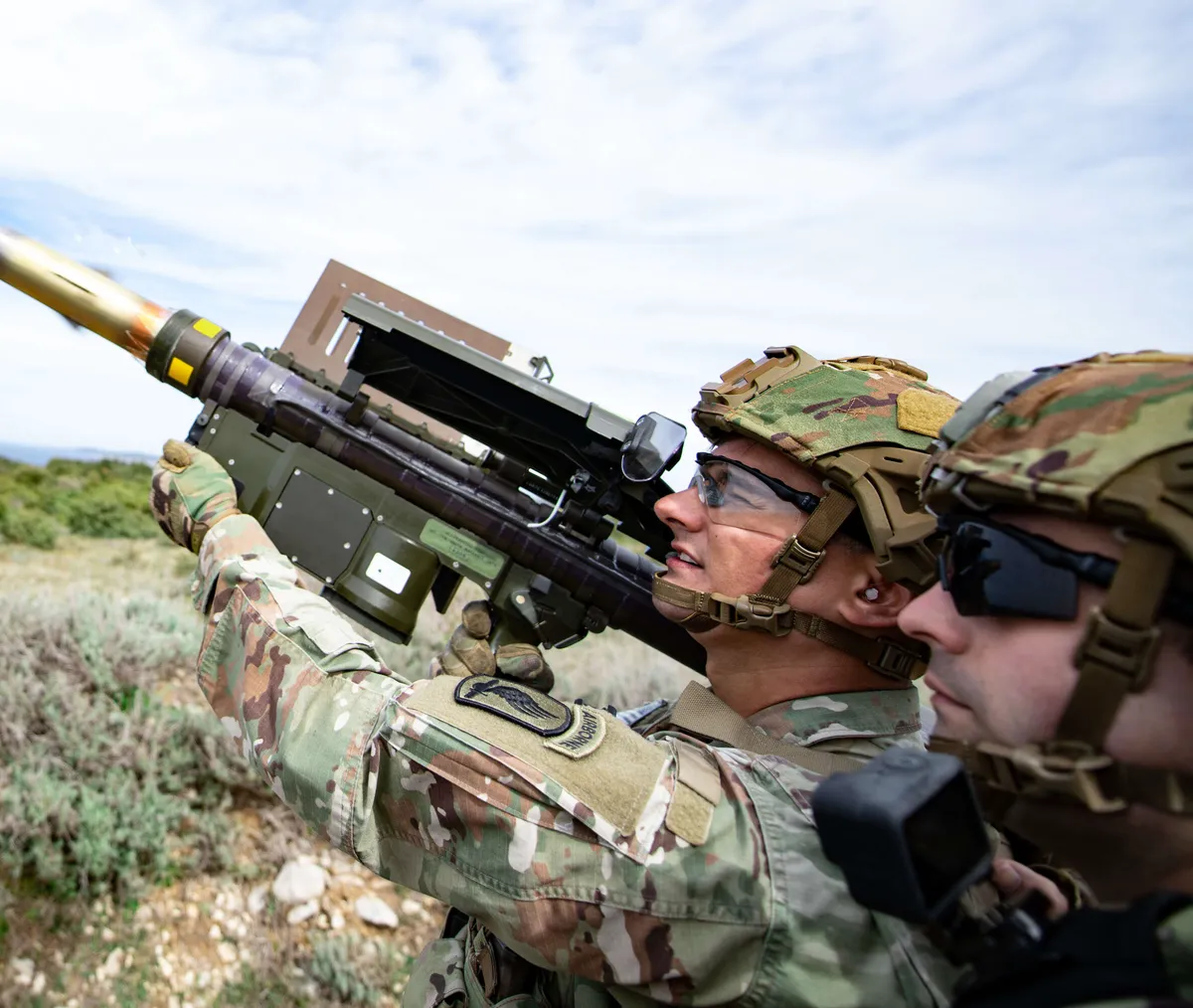
 www.uusisuomi.fi
www.uusisuomi.fi

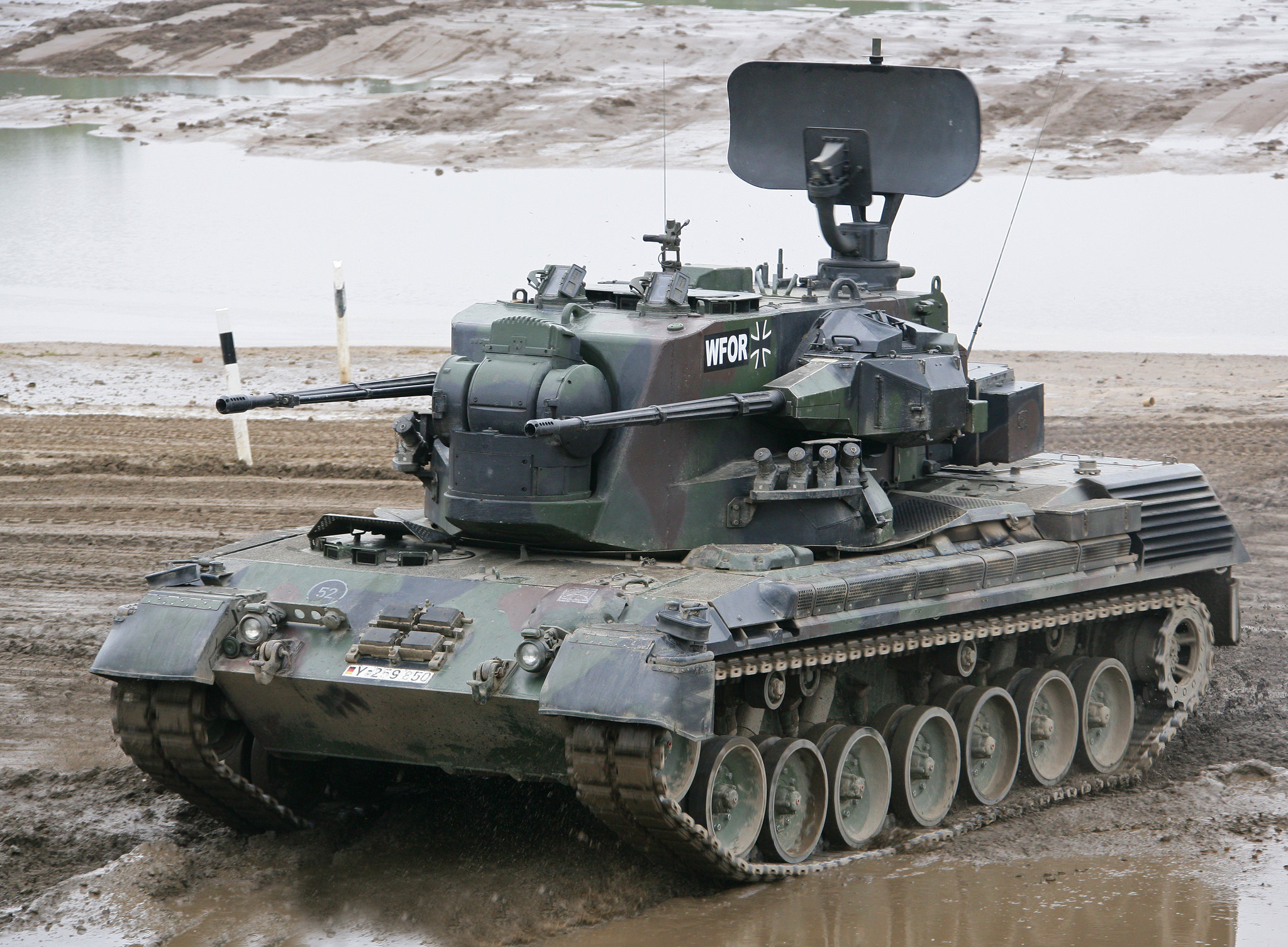
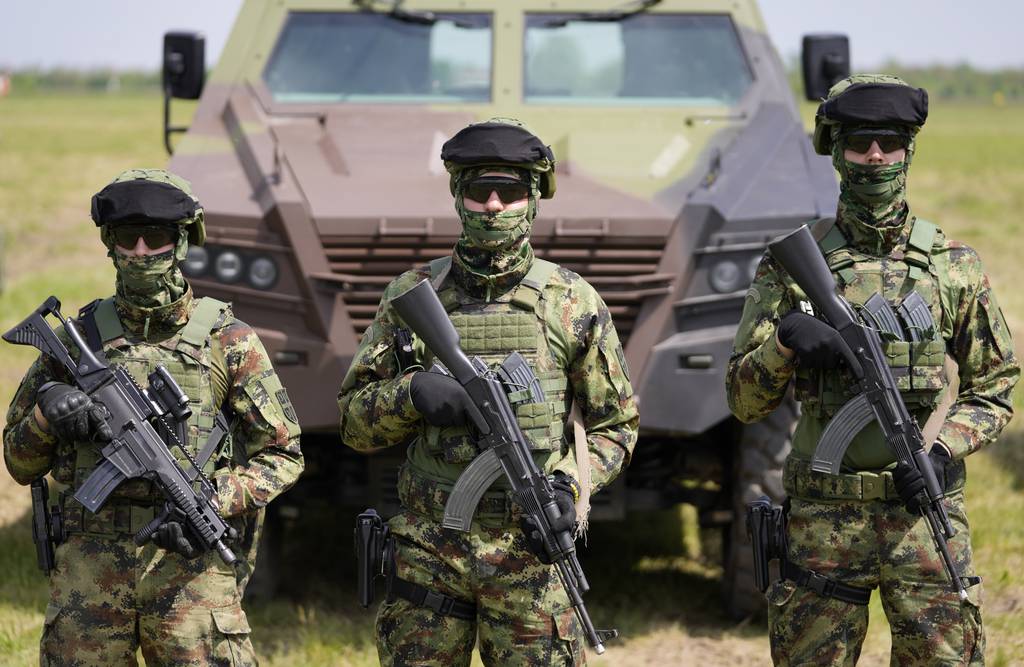
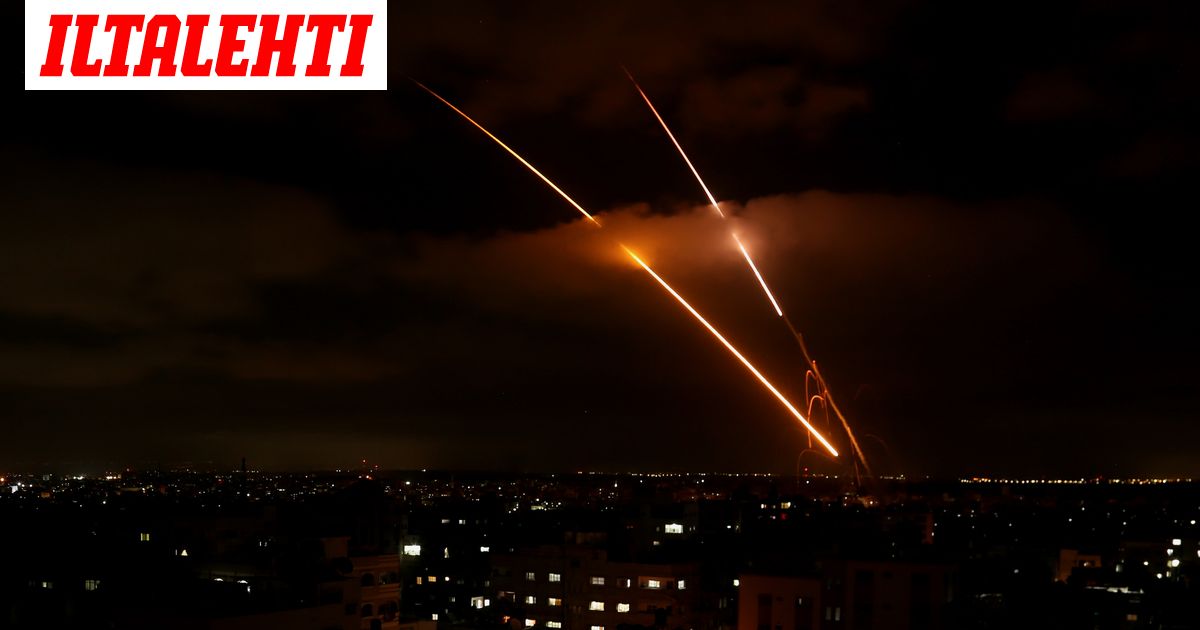

 Ei meillä tosin taida olla jäljellä mitään sinne vietäväksi.
Ei meillä tosin taida olla jäljellä mitään sinne vietäväksi.
